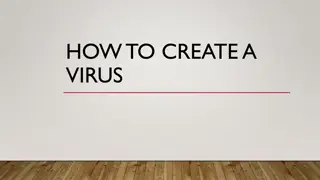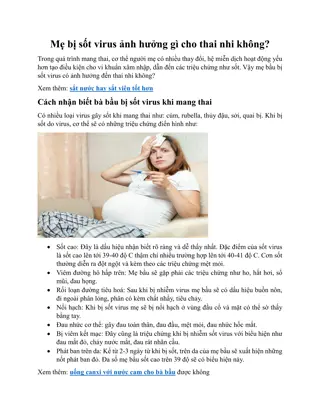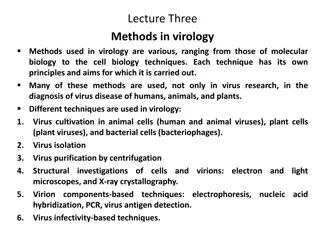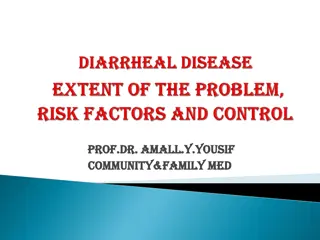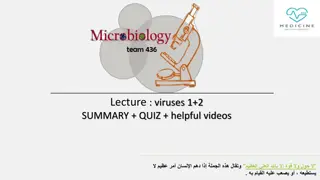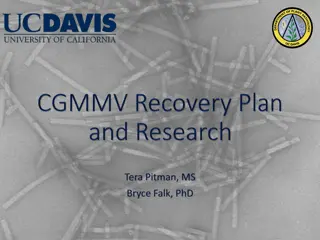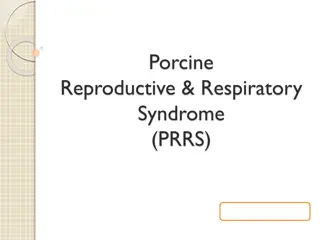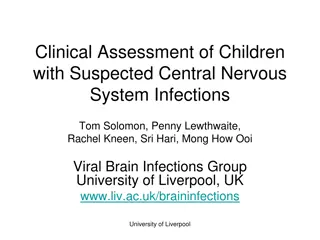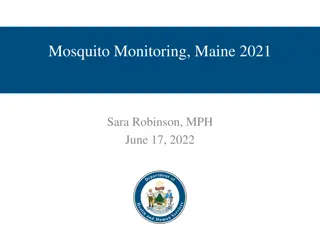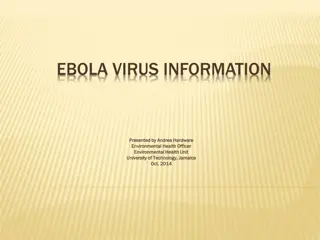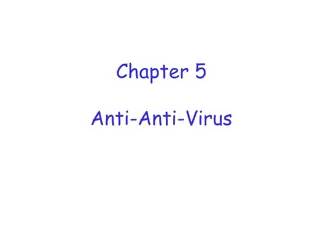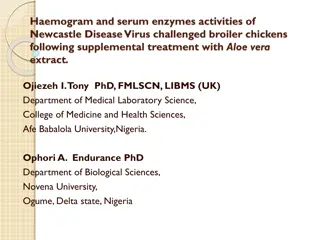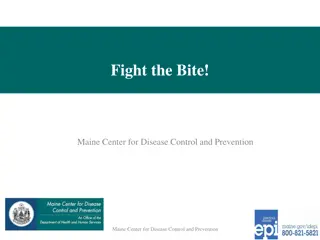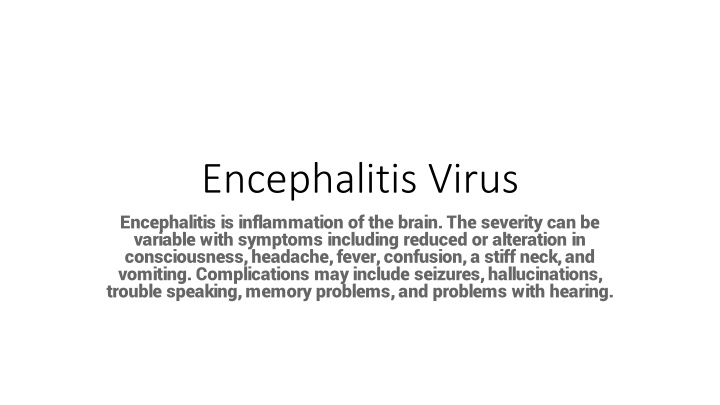
Encephalitis: Causes, Symptoms, and Prevention
Explore the world of encephalitis, an inflammation of the brain that can range in severity, causing symptoms such as headache, fever, confusion, seizures, and more. Discover the causes, symptoms, and available vaccines for diseases like Japanese encephalitis, along with the importance of timely diagnosis and treatment.
Download Presentation

Please find below an Image/Link to download the presentation.
The content on the website is provided AS IS for your information and personal use only. It may not be sold, licensed, or shared on other websites without obtaining consent from the author. If you encounter any issues during the download, it is possible that the publisher has removed the file from their server.
You are allowed to download the files provided on this website for personal or commercial use, subject to the condition that they are used lawfully. All files are the property of their respective owners.
The content on the website is provided AS IS for your information and personal use only. It may not be sold, licensed, or shared on other websites without obtaining consent from the author.
E N D
Presentation Transcript
Encephalitis Virus Encephalitis is inflammation of the brain. The severity can be variable with symptoms including reduced or alteration in consciousness, headache, fever, confusion, a stiff neck, and vomiting. Complications may include seizures, hallucinations, trouble speaking, memory problems, and problems with hearing.
Japanese encephalitis Japanese encephalitis is a mosquito borne zoonotic viral disease, caused by Japanese encephalitis virus (JEV). The occurrence of disease is widespread in 24 countries of South- East Asia and Western Pacific region. The main vector of JE is Culex tritaeniorhynchus, spread across India
Japanese Encephalitis Vaccine Inactivated Vero cell culture-derived Japanese encephalitis (JE) vaccine (manufactured as IXIARO) is the only JE vaccine licensed and available in the United States. This vaccine was approved in March 2009 for use in people aged 17 years and older and in May 2013 for use in children 2 months through 16 years of age. It is given as a two-dose series, with the doses spaced 28 days
Encephalitis is inflammation of the brain. There are several causes, but the most common is a viral infection. Encephalitis often causes only mild flu-like signs and symptoms such as a fever or headache or no symptoms at all. Sometimes the flu-like symptoms are more severe. Encephalitis can also cause confused thinking, seizures, or problems with movement or with senses such as sight or hearing. In some cases, encephalitis can be life-threatening. Timely diagnosis and treatment are important because it's difficult to predict how encephalitis will affect each individual
Most people with viral encephalitis have mild flu-like symptoms, such as: Headache Fever Aches in muscles or joints Fatigue or weakness Sometimes the signs and symptoms are more severe, and might include: Confusion, agitation or hallucinations Seizures Loss of sensation or paralysis in certain areas of the face or body Muscle weakness Problems with speech or hearing Loss of consciousness (including coma) In infants and young children, signs and symptoms might also include: Bulging in the soft spots (fontanels) of an infant's skull Nausea and vomiting Body stiffness Poor feeding or not waking for a feeding Irritability .
Causes There are two main types of encephalitis: Primary encephalitis. This condition occurs when a virus or other agent directly infects the brain. The infection may be concentrated in one area or widespread. A primary infection may be a reactivation of a virus that had been inactive after a previous illness. Secondary encephalitis. This condition results from a faulty immune system reaction to an infection elsewhere in the body. Instead of attacking only the cells causing the infection, the immune system also mistakenly attacks healthy cells in the brain. Also known as post- infection encephalitis, secondary encephalitis often occurs two to three weeks after the initial infection.
Prevention Protection against mosquitoes and ticks Dress to protect yourself. Wear long-sleeved shirts and long pants if you're outside between dusk and dawn when mosquitoes are most active, and when you're in a wooded area with tall grasses and shrubs where ticks are more common. Apply mosquito repellent. Chemicals such as DEET can be applied to both the skin and clothes. To apply repellent to your face, spray it on your hands and then wipe it on your face. If you're using both sunscreen and a repellent, apply sunscreen first. Use insecticide. The Environmental Protection Agency recommends the use of products containing permethrin, which repels and kills ticks and mosquitoes. These products can be sprayed on clothing, tents and other outdoor gear. Permethrin shouldn't be applied to the skin. Avoid mosquitoes. Refrain from unnecessary activity in places where mosquitoes are most common. If possible, avoid being outdoors from dusk till dawn, when mosquitoes are most active. Repair broken windows and screens. Get rid of water sources outside your home. Eliminate standing water in your yard, where mosquitoes can lay their eggs. Common problems include flowerpots or other gardening containers, flat roofs, old tires and clogged gutters. Look for outdoor signs of viral disease. If you notice sick or dying birds or animals, report your observations to your local health department.
vaccine killed vaccines against EEEV, WEEV, Japanese encephalitis virus. live Japanese encephalitis virus vaccine is used in China. These vaccines are meant for people working with the virus or at risk for contact. A live vaccine against VEEV is available but only for use in domestic animals. JE strainSA14-14-2

